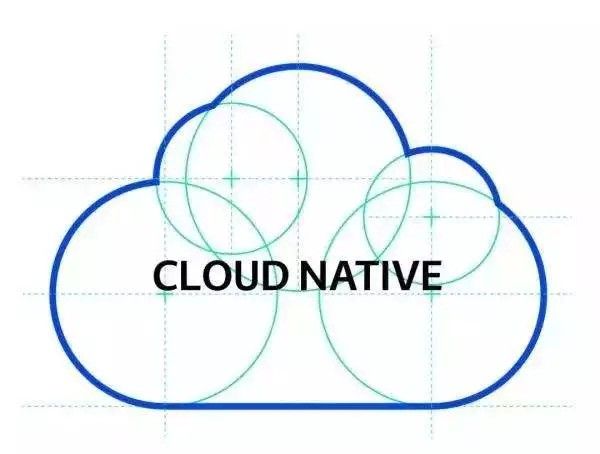Since the debut of cloud-native, the business world merely rests from its hype worldwide. Well, you can’t take the shine away. Cloud-native development arrives with the potential of an excellent computing future. The focus is on flexibility, and it is what businesses require to edge competitors.
Meanwhile, a typical reliable cloud-native is not limited to public clouds. It allows you to establish operations in the private cloud, hybrid combo, and on-premise data centre that employs multi-cloud architecture using multiple cloud providers or on-premise and cloud resources.
The significant aspect of cloud-native is to build the app for the machine it functions on, while you handle the rest of the process. The hype aside, is going cloud-native ensure business success in the future?
How Cloud-Native Can Ensure Business Success in the Future
In this section, we assess the potentials inherent in cloud-native. Hardly does this concept feature setbacks. Below is how cloud-native will ensure business success in the future:
Focus on Data Security
Modern cloud-native is structured on security consciousness. This technology understands the need to safeguard data, and even your core data systems on public cloud infrastructure will experience zero threat. Why hesitate? Come on and inform your dev team to do away with the traditional style already.
When you build cloud-native enterprise applications, you can personalise data management on private cloud infrastructure. Moreover, it allows for shipping data back and forth from several systems of your cloud environment.
While expansive flexibility and storage are offered by service providers, your dev team can manage the application geography where your security protocols and policies are implemented. Moreover, the implementation follows the standards set by cloud-native providers.
Regarding data security, a delicate concern, contract reliable cloud service providers like Contino to handle internal operations and design customer-facing digital channels.
Mitigate Cost with Managed Orchestration
Managed orchestration improves the dynamic orchestration significantly. For instance, a Container as a Service (CaaS) orchestration system such as Kubernetes (K8s), automates with dynamic orchestration abilities. A typical managed enterprise Kubernetes service grade includes SLA centralised data compliance and management.
Furthermore, Cloud-native applications with managed orchestration reduce the expense of operation. You also access a centralised platform that optimises resource allocation automatically and efficiently.
Also, managed services offer APIs that link your systems. In this regard, it extends automation capabilities.
Humanised Automation
Containers, in dynamically orchestrated workloads, are typically scheduled and managed actively to optimise the utilization of resources.
Orchestration means to automate coordination, configuration, and processes management. Meanwhile, dynamic orchestration employs automation capabilities to manage containers optimally and continually. The process includes container deployment, resources and securing secrets, optimal load balancing, and monitoring automation. Some popular containers include Apache Mesos, Elastic Container Service (ECS), Docker Swarm, and Kubernetes.
When a cloud-native application employs dynamic orchestration, it mitigates the time used in manual tasks. All you have to do is to configure the orchestration to suit your organisation. It will function in accordance and assume predefined tasks.
Establish Clearer User Demands
Some developers hardly understand the demands of their users. Of course, understanding your user counts, and each process established developers and users can foil the objectives.
For better results and massive turnouts, you want to get your dev team closer to customers. It also improves product quality and puts the customer first. Besides, modern cloud-native tech extinguishes activities not centred on the customer.
Note that the shift in customer expectations may be permanent. It entails the importance of a prototype like the product. Since cloud-native architecture permits releasing features to a limited group of users, you can examine prototypes using real-world customers. Of course, upon the actual release, you can expect the design to match demands and customer satisfaction.
Quicker Response
Following the progression towards innovation, customers expect speedy deliveries, and they expect it to grow with time. I.e., customers are conscious that newly released apps can be buggy, and they do not expect arrays of functionalities and features.
However, they want to experience improvements that suggest and indicate better future expectations. Rapid releases are also crucial; customers want them, and you must fulfil their demands to entice them.
Cloud-Native Technology: Understandable and Measurable Business Objectives
Notwithstanding size and industry, businesses must consider the arrays of technologies, teams, and activities that organize a DevOps culture.
Moreover, cloud-native systems remain constant; changes occur progressively, and both users and developers benefit from it. Typical cloud-native applications necessitate IT operations teams and constant development to evolve – design and deploy applications rapidly and efficiently.
Speed is crucial to seize new technology. You must employ tighter collaboration and quicker approaches, and it is realisable by welcoming the cultural values and principles of DevOps. By adopting a DevOps culture, you must trust and be willing to welcome collaborative and integrated approaches. Of course, it does not rely on just tools and technologies. Finally, collaborative and integrated approaches advocate teaming, experimentation, releases, and literal feedback.
